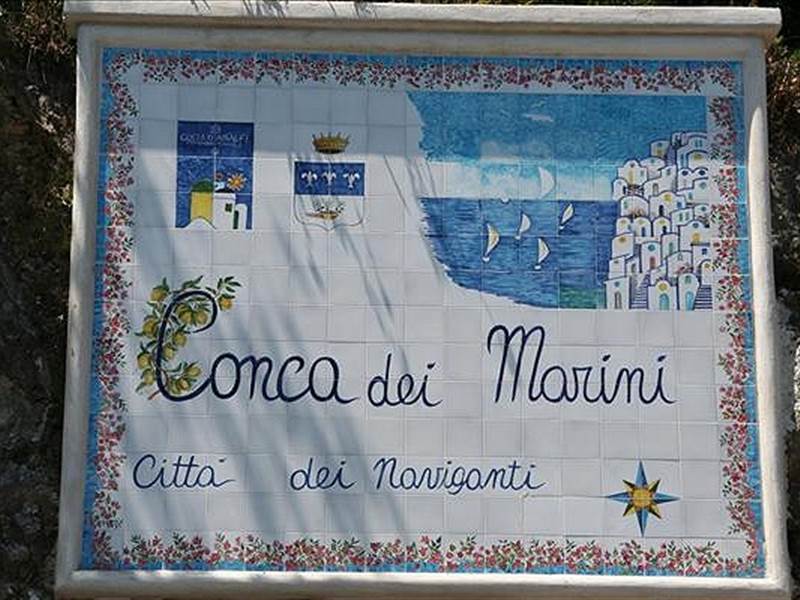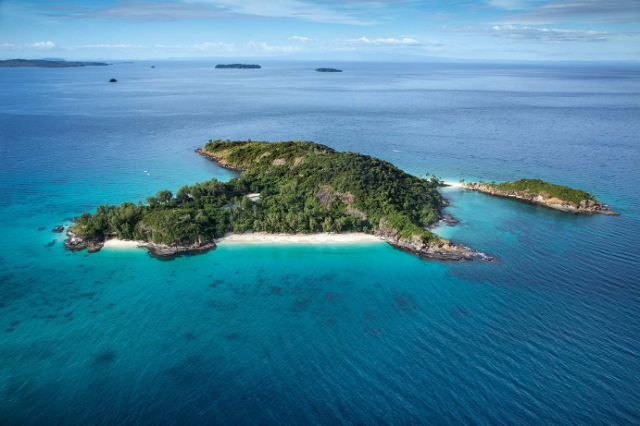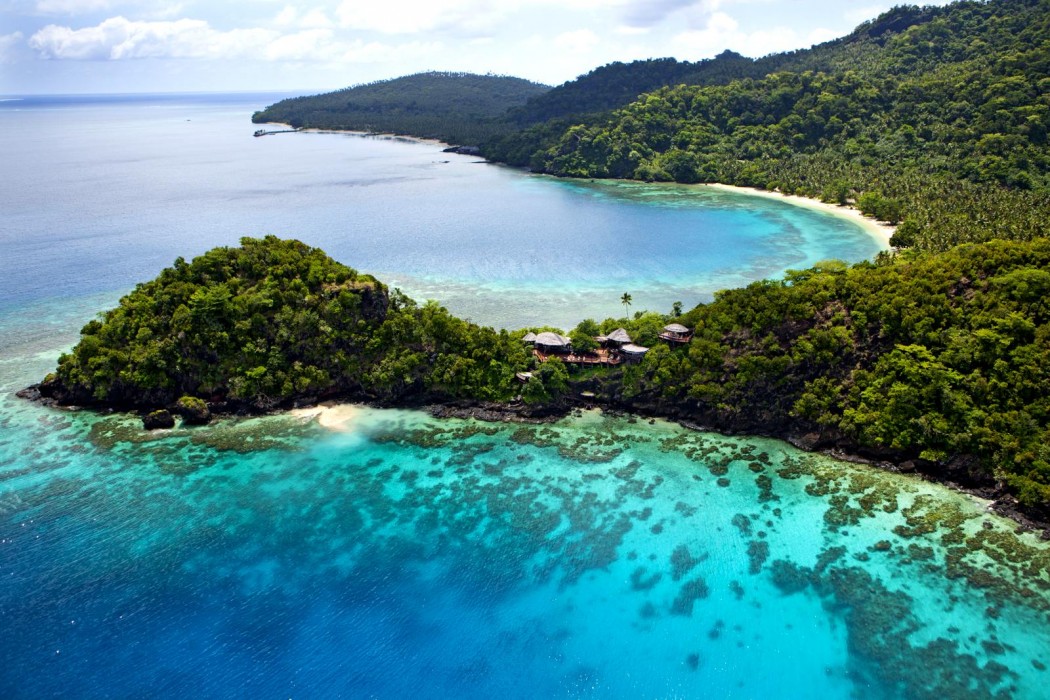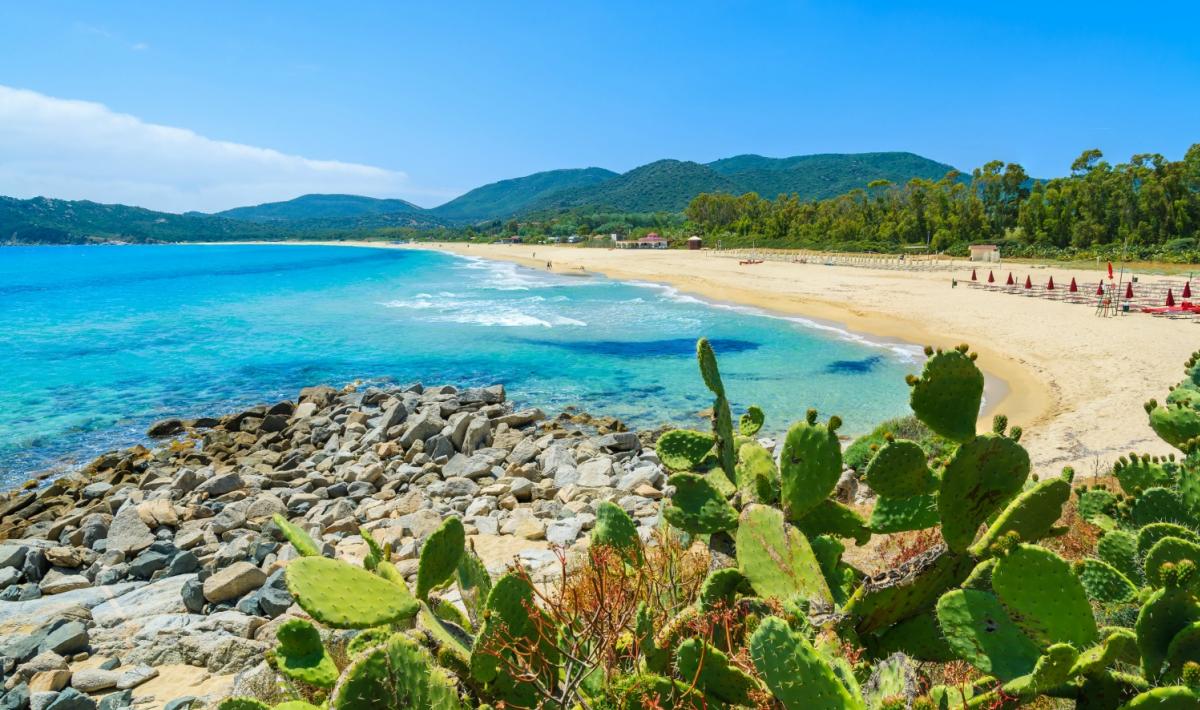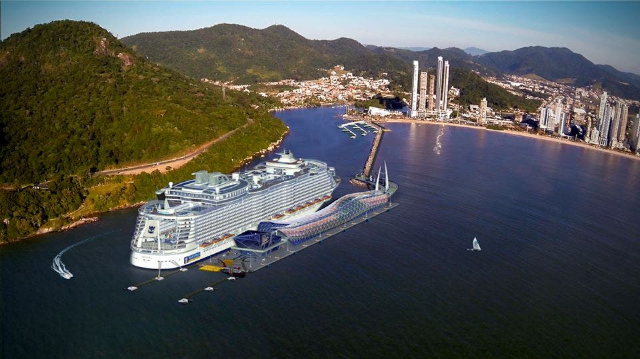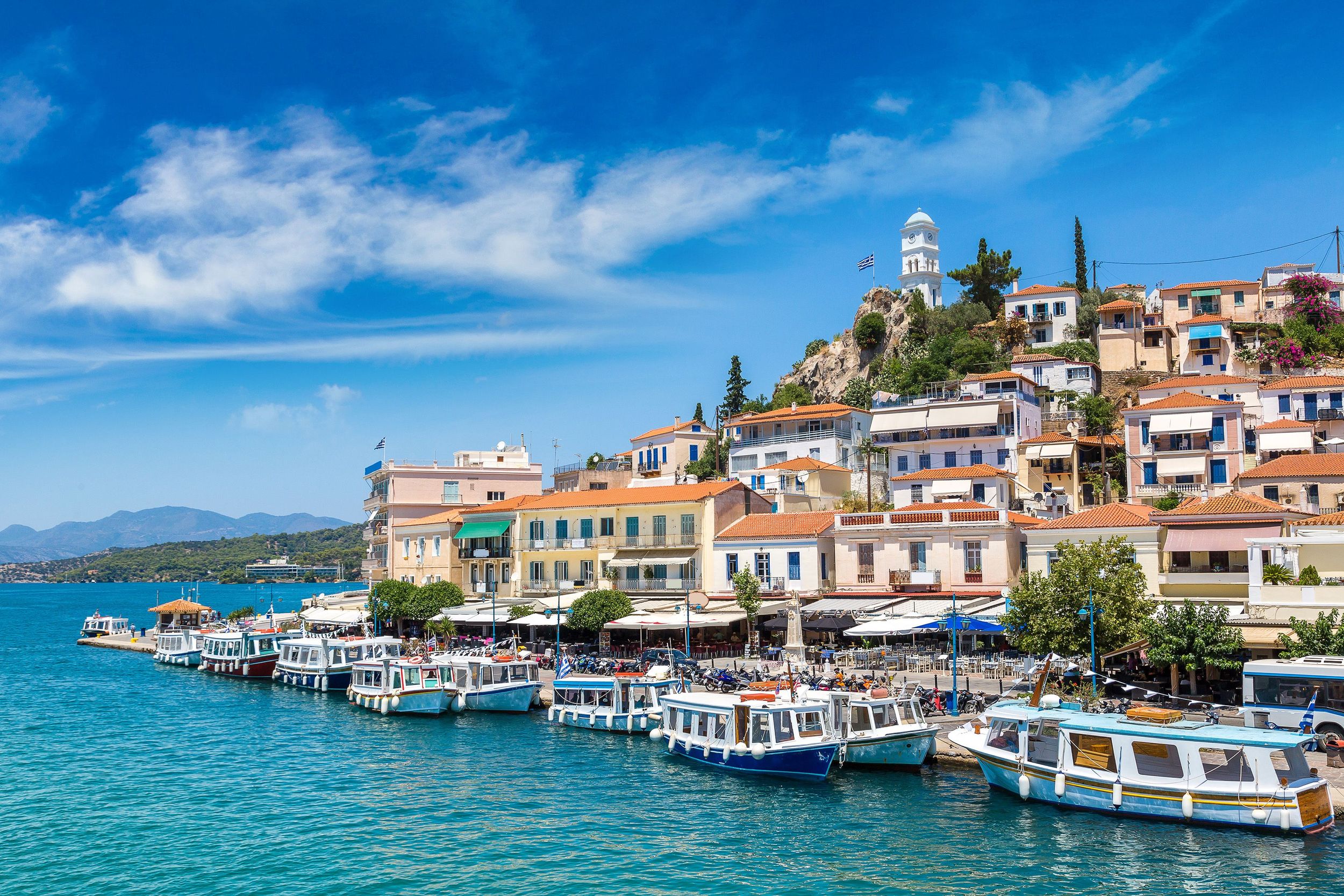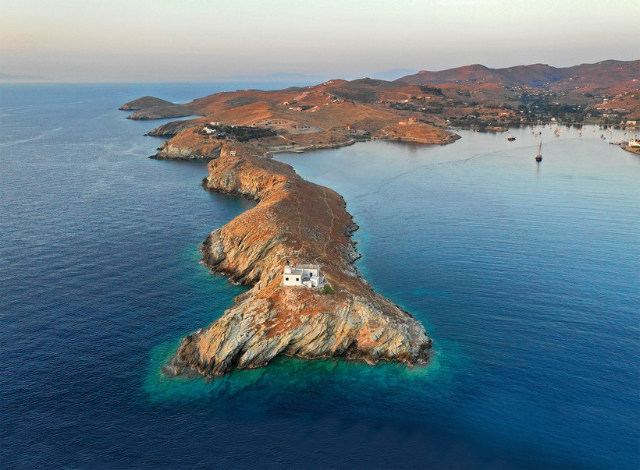Its typical Mediterranean-style dwellings, with barrel vaults and white lime walls, beautiful flowered balconies and a spectacular view of the sea, terraces planted with lemons and piennolo tomatoes, tranquility and cool sea breezes have made Conca dei Marini the ideal "buen retiro" for lovers of discretion and tranquility. It counts among its frequent visitors Princess Margaret of England, Gianni Agnelli, Jacqueline Kennedy, the Queen of Holland, Carlo Ponti and Sofia Loren and many others.
Among the most interesting artistic and natural sites, we cannot fail to mention:
– The Monastery of Santa Rosa da Lima with the adjoining Church of Santa Maria di Grado. A former Dominican monastery, built in the 17th century on a rocky spur overlooking the entire Gulf of Salerno, it has a severe appearance on the outside, although it is rich and comfortable inside. Here, according to tradition, the exquisite sfogliatella Santarosa was made, filled with cream and pieces of fruit. The church houses the head of St. Barnabas the Apostle, one of the most important relics of the Amalfi Coast.
The Church of San Pancrazio, surrounded by a splendid olive grove (in which the poet Alfonso Gatto is said to have often strolled in search of inspiration), enjoys unparalleled views of the Faraglioni of Capri and Positano. It is first mentioned in an official document of 1370 by the Archbishop of Amalfi, Monsignor Marino, and was so severely sacked in 1543 that it remained closed and interdicted for a long time.
the Church of St. Michael Archangel, nestled in the green Mediterranean scrub, is first mentioned in a document from 1208;
the Church of St. John the Baptist and St. Anthony of Padua, of unknown origin, located on a rocky cliff. The discovery of some cinerary urns leads us to speculate that the building stands on the remains of an ancient pagan place of worship;
the Chapel of Our Lady of the Snow, set in the rock close to the beach of Marina di Conca, the patron saint of sailors. Legend has it that the high-relief depicting the Madonna was found by Conca sailors on the beach in Constantinople after it was sacked by the Ottomans;
the Emerald Cave, a karst cavity discovered in 1932 that owes its name to the emerald hues the water takes on due to sunlight filtered through an underwater fissure;
the Torre del Capo di Conca, also known as Torre Saracena or Torre Bianca, an ancient 16th-century watchtower located on a striking promontory jutting out toward the sea and immersed in dense Mediterranean scrub vegetation. It was part of the defensive apparatus of coastal towers of the entire Amalfi Coast, to defend the population from constant pirate raids. However, after the defeat of the Turks at Lepanto, gradually the tower lost its original function and was used until 1949 as a cemetery site (there were even those who compared it to the Indian "towers of silence").
Marina di Conca, a small picturesque cove surrounded by a group of houses facing the sea, represents not only the harbor where fishermen’s boats dock, but also the place where the active life of the town was concentrated in the past.
